Want to update your house but not sure where to even begin? There are a number of design movements that you can follow when giving your room a makeover, from minimalism and contemporary to bold and artistic. So whether you’re undertaking a massive large-scale home renovation or just giving your bedroom a minor refresh, having a strong sense of various home decoration strategies can help you achieve stunning results. In this guide, we’ll explore some of the most common 6 home decoration strategies you should try that serve as excellent starting points for your next project.
Scandinavian Home Decoration
Basic Elements to Include in Scandinavian home Decoration
- Organic patterns that feature prominent botanic and natural features
- Natural Scandinavian rugs
- Open spaces
- Wood and metal finishes
- Warm textiles
- Flowers and plants (fake will do just fine)
- Mostly neutral colours such as white, grey, beige, and perhaps a bit of pink
Scandinavian decoration home strategies mostly lean on simplicity, minimalism, and functionality. It began trending in the 1950s and continues to remain a staple of interior design even today.
Scandinavian home decoration strategies include the use of natural wood, leather, and even hemp. It isn’t uncommon for Scandinavian home decor strategies to use warm textiles such as a small throw pillow or area rug to balance out everything.
These textiles mostly come in the form of carpets and throws made from mohair, faux fur, and wool. Accessorising your room with warmer textiles is the easiest way to create that warm and cosy Scandinavian decor – especially if you come from the more colder parts of the world.
As we mentioned earlier, the Scandinavian home decor strategies lean on simplicity, this is why you should always choose design accents that are relatively simple. Nothing too over the top. Perhaps, you can decorate your bedroom with a chic ceramic vase to maintain interest.
To add colour and texture to your Scandinavian room, make use of throw pillows that feature geometric prints.
It goes without saying that natural elements – like plants and floral prints – play an important role in any Scandinavian interior design.
Not only do they help you get in touch with nature, but they also reduce mental fatigue. We strongly recommend adding some feel-good plants; it’s actually proven to enhance productivity and creativity.
If you’re not ready to look after real plants, try to add faux plants instead with lush greenery, as is shown here.
Pro tip for Scandinavian Decor: To create those authentic Scandinavian vibes, try to use window treatments with a minimalist decor as they allow light to pour into your space. As mentioned earlier, natural and simpler designs are the best for this type of aesthetic.
Mid-century Design
Mid-century design grew out of Modernism in the 1930s to 1960s, mostly carried on the backs of iconic designers like Harry Bertoia, Arne Jacobsen, and Charles and Ray Eames.
Much like Scandinavian decor, mid-century design maintains a strong connection with nature as well as flat, clean planes.
But that’s where the similarity with Scandinavian decor ends. This is because Mid-century works fine with darker hues and low lighting, but Scandinavian home strategies aim to maximise lighting in a room.
It’s also worth pointing out that Mid-century furniture is hard to identify due to their simplicity and fine craftsmanship.
A good place to begin your search for Mid-century furniture is to look for obvious identifiers such as peg legs and hardware. You can also refine your search for hardware by country; the top contenders known for authentic mid-century designs include Denmark, Japan, the US, and Italy.
When it comes to colours, the mid century home strategy is generally versatile and accommodates a range of palettes – from bright hues to earthy colours to muted neutrals. Speaking of neutrals, pale pink is a great choice for walls, just make sure it’s not too bright.
Completing a mid century-inspired design requires the following crucial elements:
- Plants
- Floor pillows
- And rocks (you read that right, rocks!)
It can be a painstakingly difficult task to find mid-century furniture, but you should mostly gravitate towards items that you personally care about.
Traditional Interior Style
Basic Elements to Include in Traditional Design
- Neutral colour palette with vibrant accents
- Expensive textiles such as neutrals, stripes, and geometric prints
- Elegant furniture with antique pieces mimicking European and England royalty
- Intricate wood panelling and mouldings
- Elaborate wood floor patterns
At its core, traditional design leans on, well, tradition. It takes after vintage home decor that dominated the 18th and 19th centuries, mostly influenced by European interiors. Some design elements can come from England and France.
Traditional home decoration strategies have common stereotypes associated with them – that they’re mostly boring, cluttered, and cliched. Don’t get us wrong, it may feel that way to an extent.
But if you dig under the surface, you’ll find that many of the quirks are quite interesting because they incorporate a lot of antiques dating back several hundred years.
By working with traditional home decoration strategies, you can come across timeless pieces that will elevate your home’s aura and serve as excellent conversation starters.
Most styles have one thing in common: there is a lot of layering, depth, and dimensional with traditional home decoration strategies.
While it’s true that traditional designs can look a bit boring and stale, but that can be a force for good. It creates consistency and order in your space – so the furniture and other pieces should match and their designs should complement each other.
In other words, wild and chaotic elements do not go well with the traditional home design strategy. In general, you’ll find a lot of regal influence in the furniture.
The pieces are mostly heavy and a bit ornate, like tufted upholstery, claw-foot tubs, and carved wood. An important piece of traditional interior design is the Queen Anne chair, an armchair with curved lines, minimal ornamentation, cabriolet legs, and a cushioned seat.
Because traditional design is influenced by centuries-old British and European decor, there are several classic colours that date back to the earliest periods of the decorative arts.
The most common colour combinations are yellow and blue, red and green, and blue and green. In general, however, the colour palette is mostly neutral to maintain warmth and serenity.
The idea behind neutral colours is to give rooms an earthy touch and create a calm environment. Furthermore, neutral colours can also be paired with bold textures and materials to add more interest to the room. It is also possible to tinker around with metallic accessories such as silver and gold.
Modern Interior Design
Basic Elements to Include in Modern Interior Design
- Neutral colours with bold contrasts
- Plain area rugs
- Open floor plans
- Asymmetric design
- Furniture with cleaner lines
- Textiles with geometric prints
Modern interior design mostly refers to homes with clean, crisp lines and a simple colour palette. They utilise materials that include glass, steel, and metal.
It is worth pointing out that modernism mostly began as a reactionary trend to outdated traditional home decoration strategies and signalled the growth of a highly industrialised society.
As a result, modernists rejected traditional colours in favour of more brilliant colours and cleaner lines instead of curves.
In all honesty, the modern design style wouldn’t exist if it weren’t for the advancement of modern materials like glass, concrete, and steel, hence the emphasis on an industrial aesthetic iron and steel finishes.
The core of the modernist mantra is simple, “less is more”. Be sure to clutter your walls, mantels, counter-tops, and other visible areas in the house. A good rule of thumb would be to remove any odd trinkets out of sight.
Pro tip #1: A modern interior design depends entirely on an open plan layout. It is important to have an open dining, living, and kitchen area to eliminate unnecessary furnishings within your rooms encouraging more airflow.
Pro tip #2: If at all possible, try to install large windows that can let natural light and fresh air in. Keep window treatments to a minimal, much like the Scandinavian strategy mentioned earlier. This feature may not be possible in certain homes, but that’s not a problem
Contemporary Interior Design
Basic elements of contemporary interior design
- Add texture to create a natural and serene space (use fabrics like wool and silk)
- Incorporate metals like stainless steel and chrome
- Offset neutral colours with accent colours (could be a bold print or a vividly coloured sofa)
- Don’t forget to add wooden surfaces (bonus points if you can fund a wooden floor design)
- Illuminate the room with floor lamps, pendants, and track lighting
Confused about contemporary interior design? You’re not alone. Contemporary home decoration strategies have much in common with modern interior design, including an emphasis on minimalism, an open floor layout, and furnishing with exposed legs.
With that said, contemporary home decor is a separate category of its own. Simply put, contemporary decor is classic yet stays true to the latest trends in interior design. The style is constantly evolving and not devoted to a particular time.
If you’re looking to create a simple space that is in complete harmony with crisp furnishings and sleek surfaces, then the contemporary style is for you.
By contrast, modern decor can feel a bit limiting due to its emphasis on minimalism. Contemporary home decor keeps things interesting by focusing on trendy architectural elements.
Most rooms are peppered with bold scales, decorative details, and feature a concise colour palette to create a sense of sophistication.
A fundamental element of the contemporary style is clean lines, textured layouts, and an overall balanced home.
Achieving a contemporary interior design is relatively simple. You start out with neutrals along with white, Gray, and black, to properly ground your room. Think of the neutral setting as a blank canvas on which you can create your own art.
The advantage of a neutral colour is that you always maintain the freedom to invite random pops of colours, depending on your mood.
There’s nothing wrong with going full-on with colours, but if you decide to go down that route, we do recommend keeping your ceiling and flooring to neutral shades to stay true to the contemporary style.
Just like Scandinavian and Modern home decoration strategies, contemporary interior design also focuses less on furniture. It’s mostly about creating a fashion statement instead of functionality. That’s mostly the realm of modern designs that boast a sense of purpose instead of form and aesthetics.
In general, contemporary furnishings feature clean and geometric artwork with straight lines. In the case of upholstered items, go for natural fabrications like cotton, wool, and silk paired with neutrals. Spruce everything up by bringing in throw pillows that feature bright pops of colours.
Pro tip: Try to steer clear of loud patterns because the Contemporary style is mostly about being clean and clutter-free.
Nautical Home Decoration Strategies
Basic Elements to Include in Nautical Decor
- Plants and mostly nature-inspired trinkets
- Neutral colours with blue pops of paint
- Dominant wood themes
- Natural sunlit
- Lots of patterns and textures
“If you can’t go to the beach, why not bring the beach in home with you?” That’s the nautical home decoration strategy summed up in one line.
Natural decor features dominant coastal colours that mostly mimic the vibes of a beach house. The interior colours are mostly built on a sand or white coloured foundation, with blue accents creating a strong contrast.
Accessorise the room with nautical themed furniture such as unfinished wood or chairs. Top it all off with elegant linen upholstery for your sofas and lounge seats. When it comes to decorative accents, you have many choices, from jute ropes and rowing oars to seashells and sailboats.
The biggest advantage of nautical themes is that you can find building products that have been recycled and repurposed in new ways.
This gives your home an overall artistic appeal and infuses it with nature. One tried and tested nautical home decoration strategy is to use reclaimed or dark wood with heavy reins and knots.
Pro tip: It is preferred to only make one of the walls as a highlight feature, so as not to disrupt the harmony of your space. Ideas for feature walls include artwork based on the ocean to add a splash of bright blue to bring the ocean inside your house.
Wrapping Up
It can be confusing to pick one home decoration strategy and run with it since there aren’t any exact set of rules or formula for art. Hopefully, these picks of trendy home decoration strategies are helpful for your next project.
Remember that the best interior designers frequently bring together different ideas together, so free your mind of all concerns and approach your design from creative angles. Let us know if you want to explore other home decor designs!
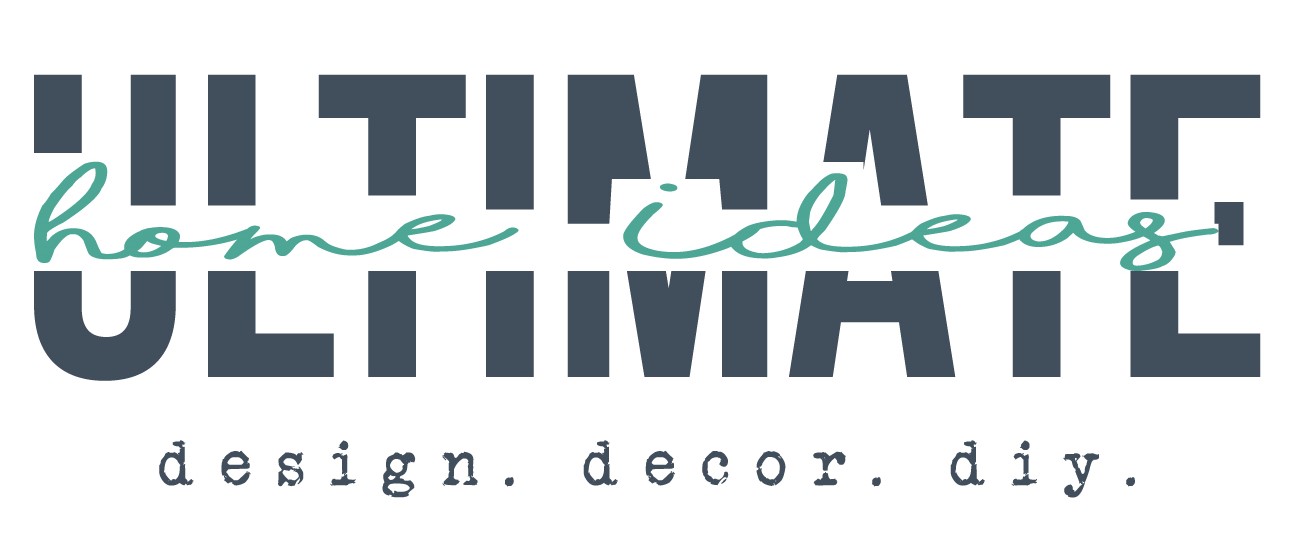
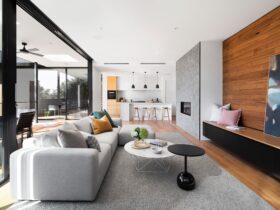
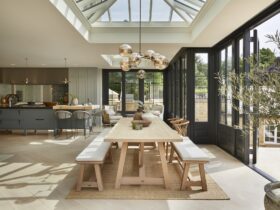
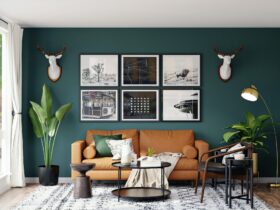
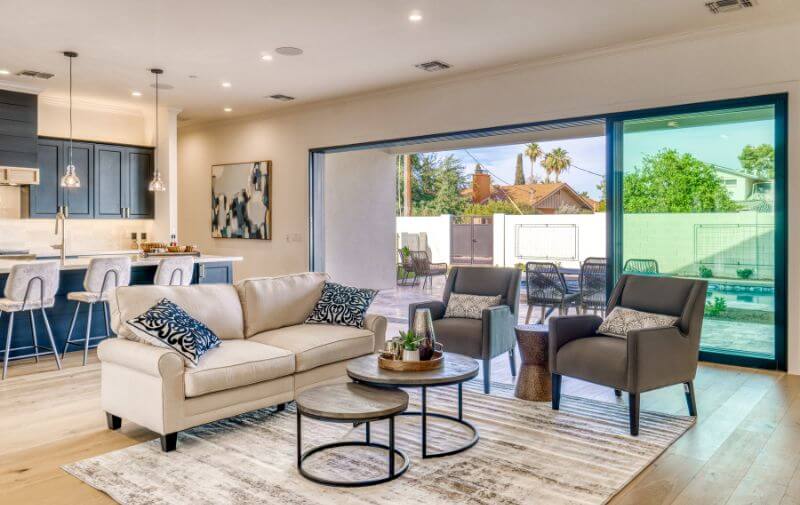
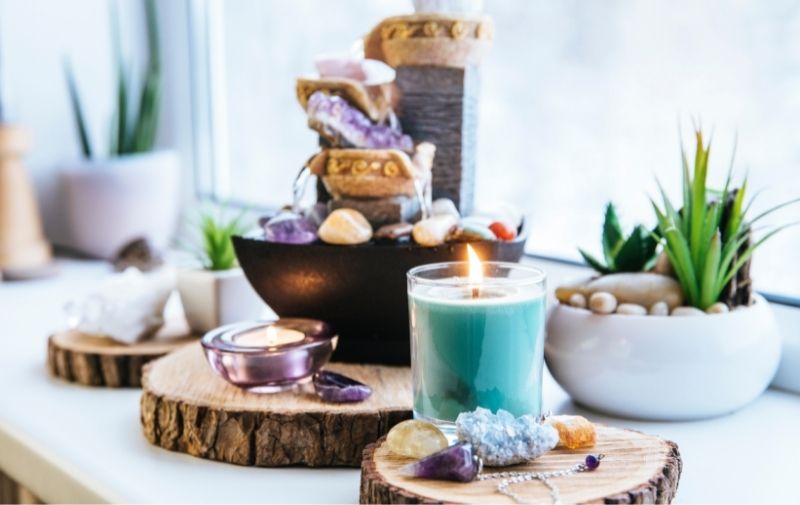
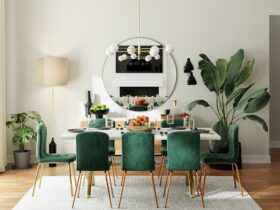
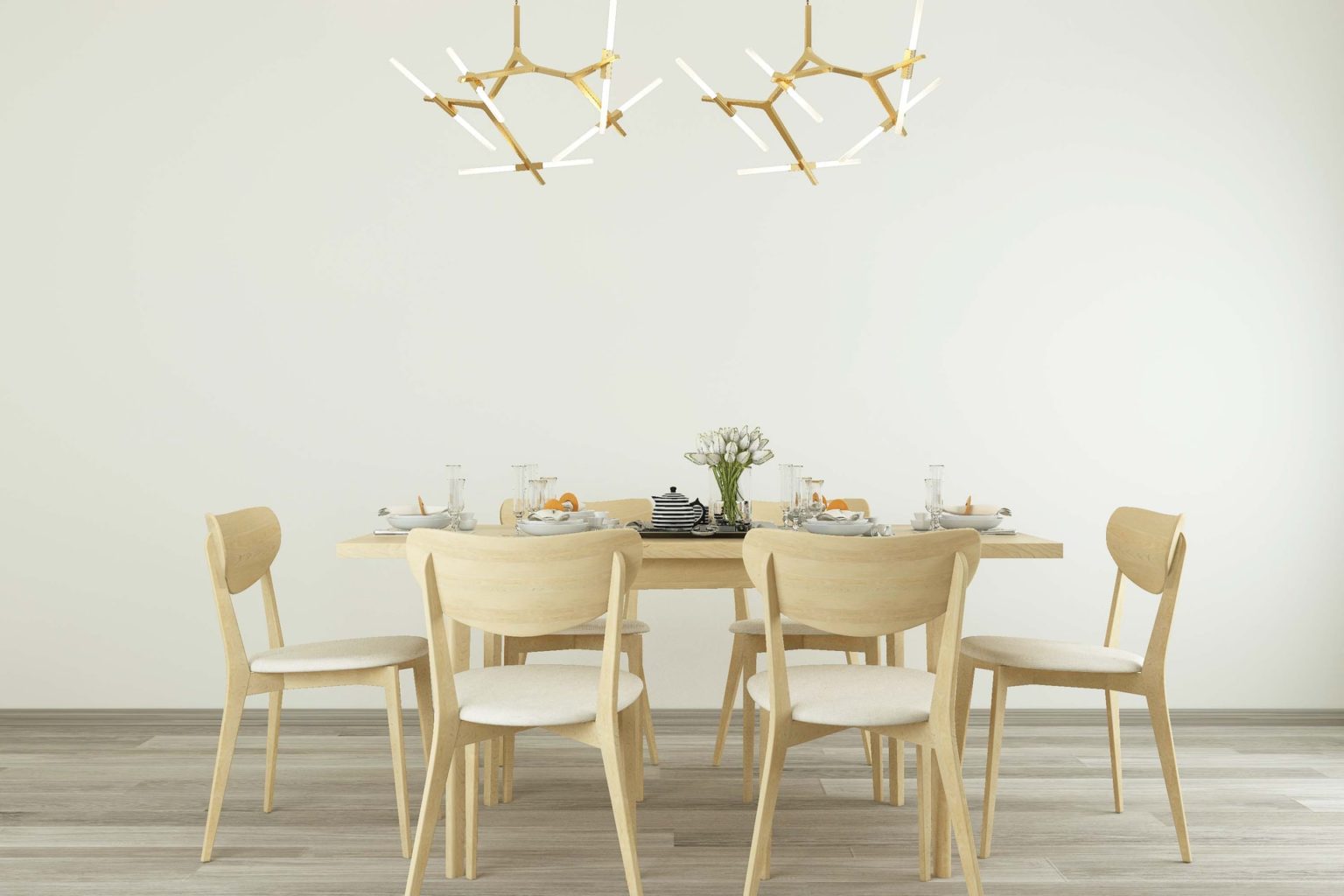
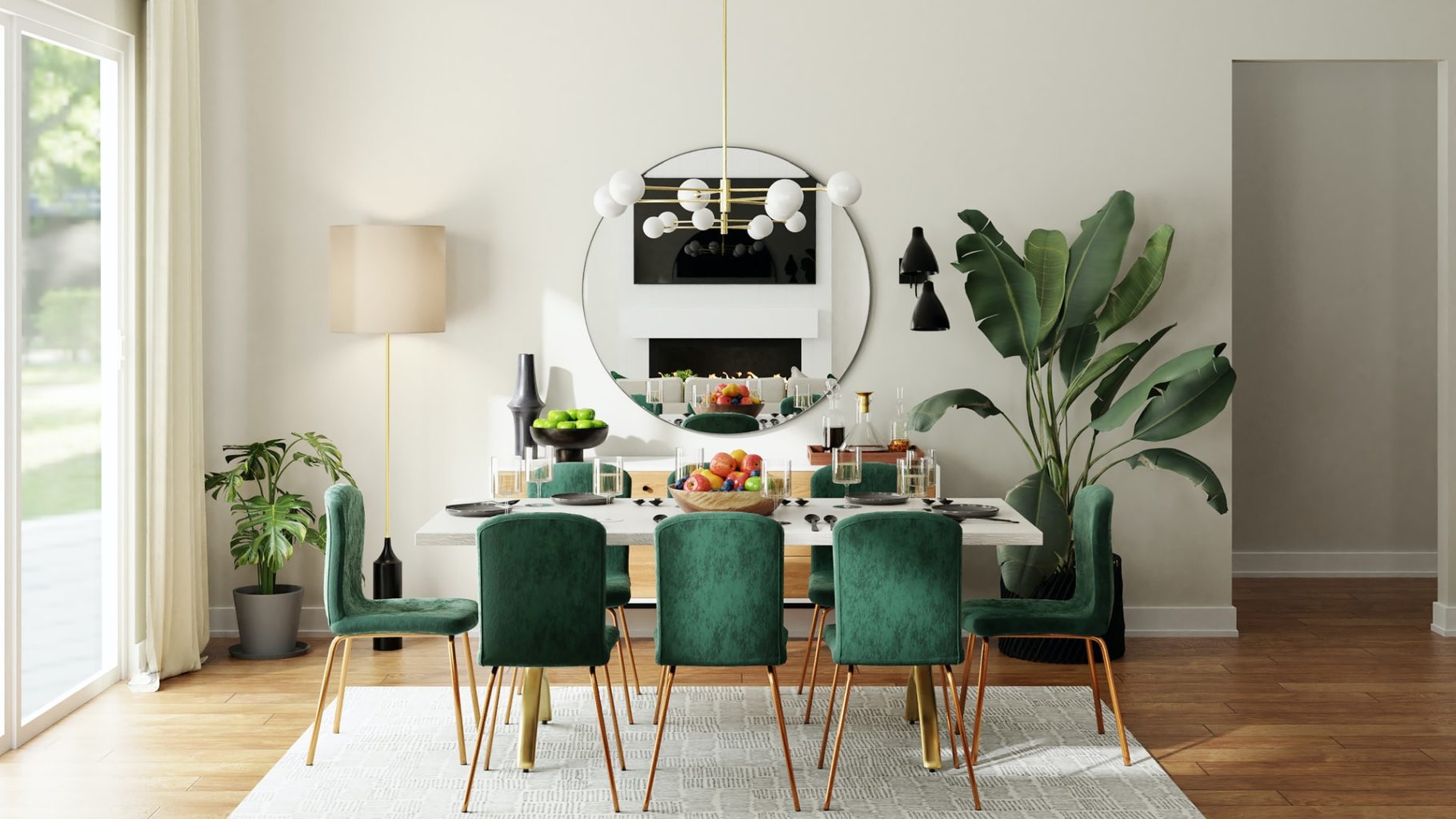
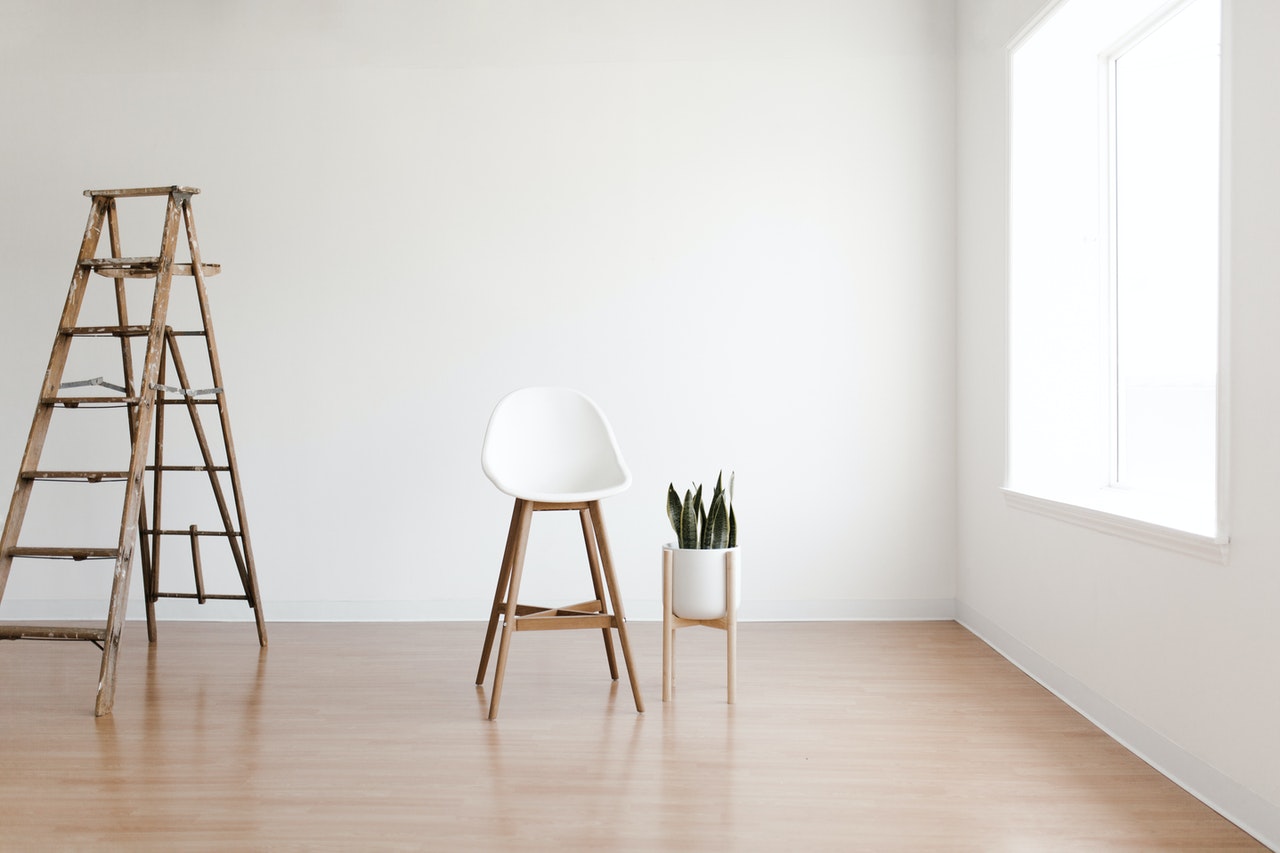
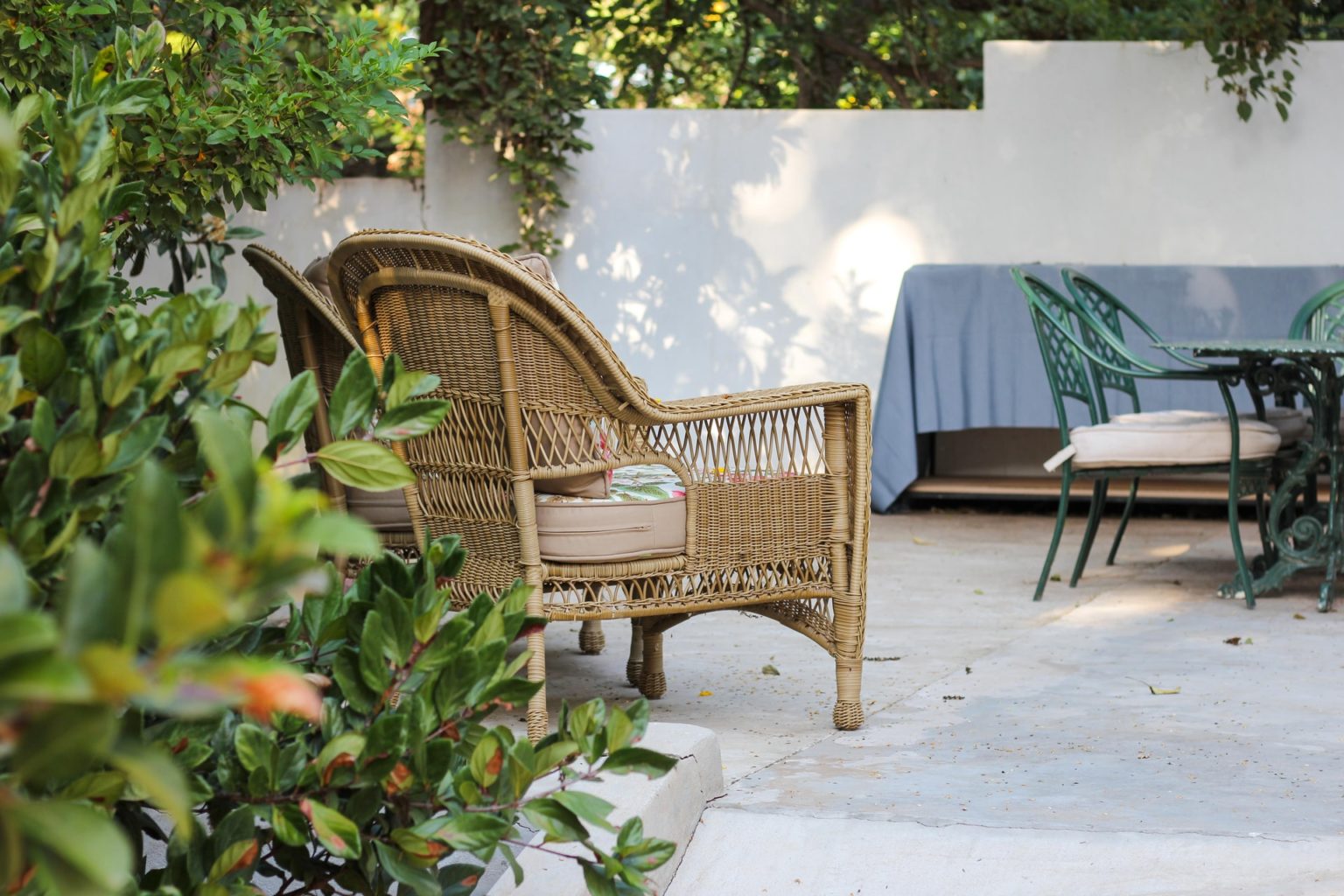

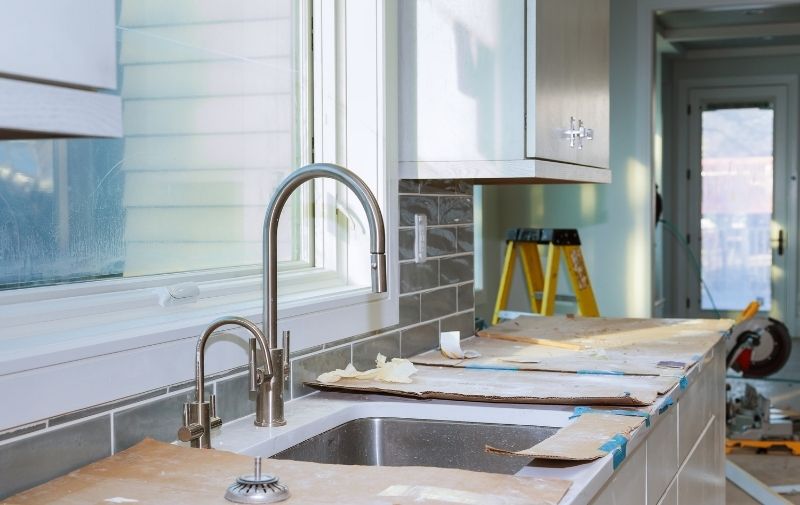

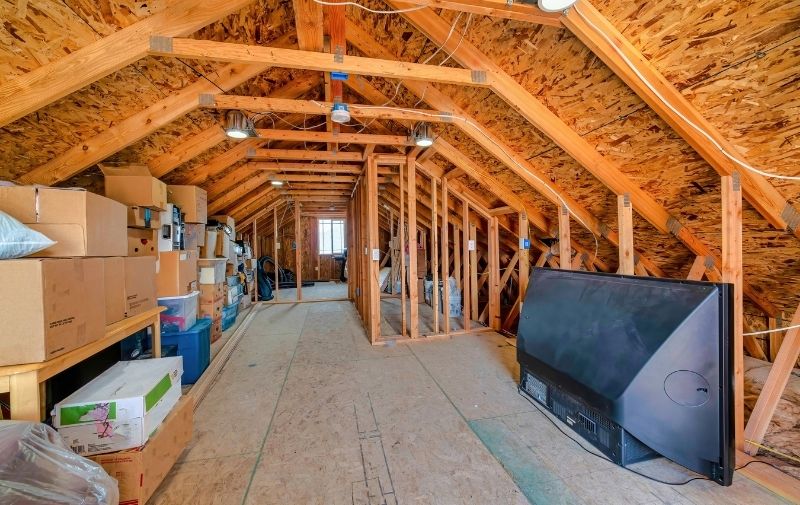
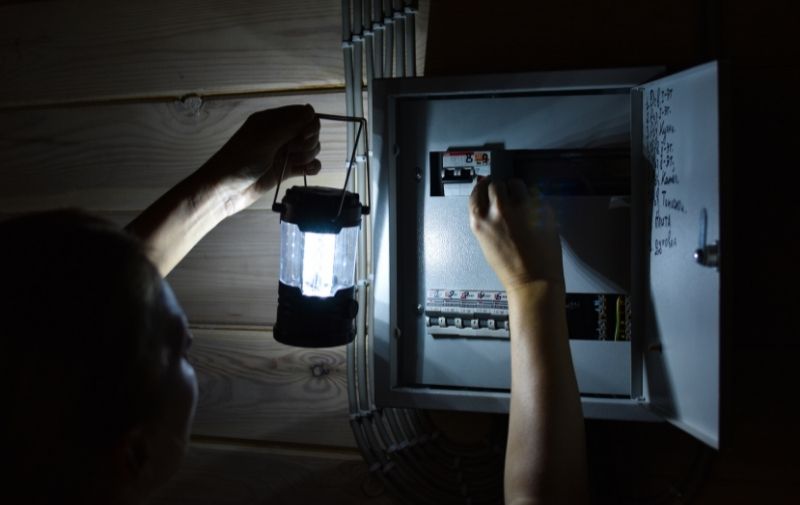



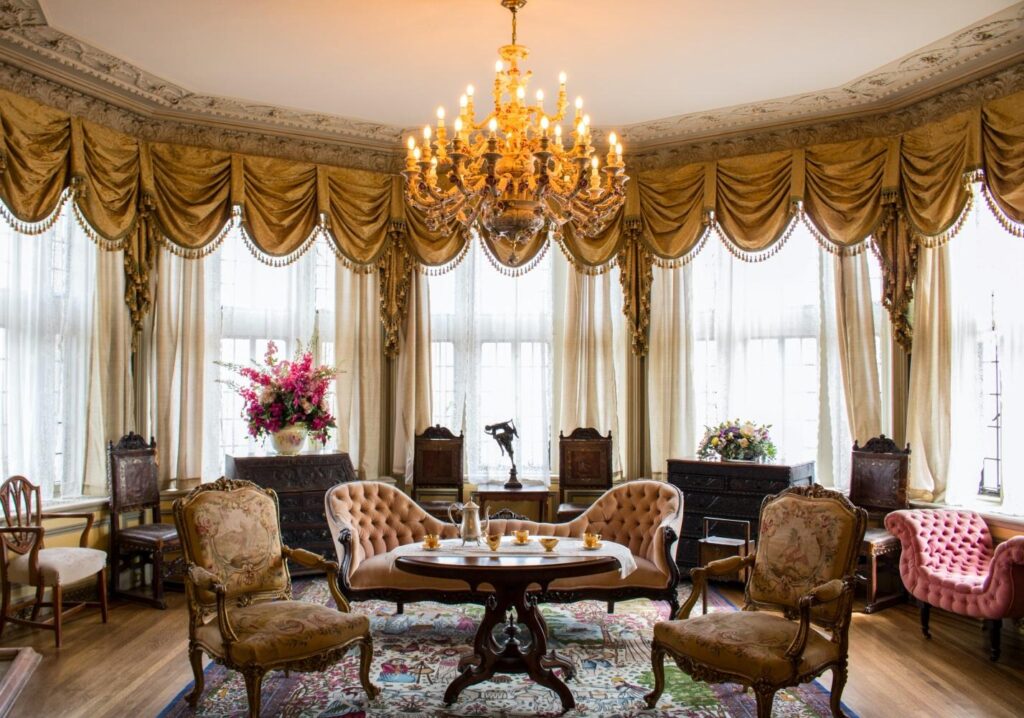
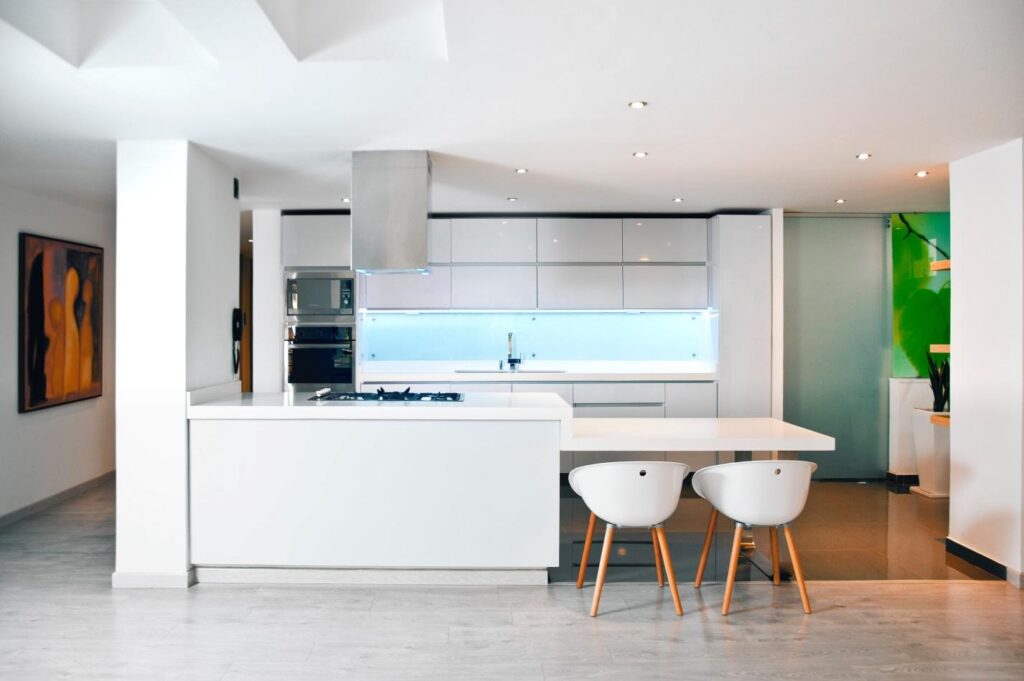
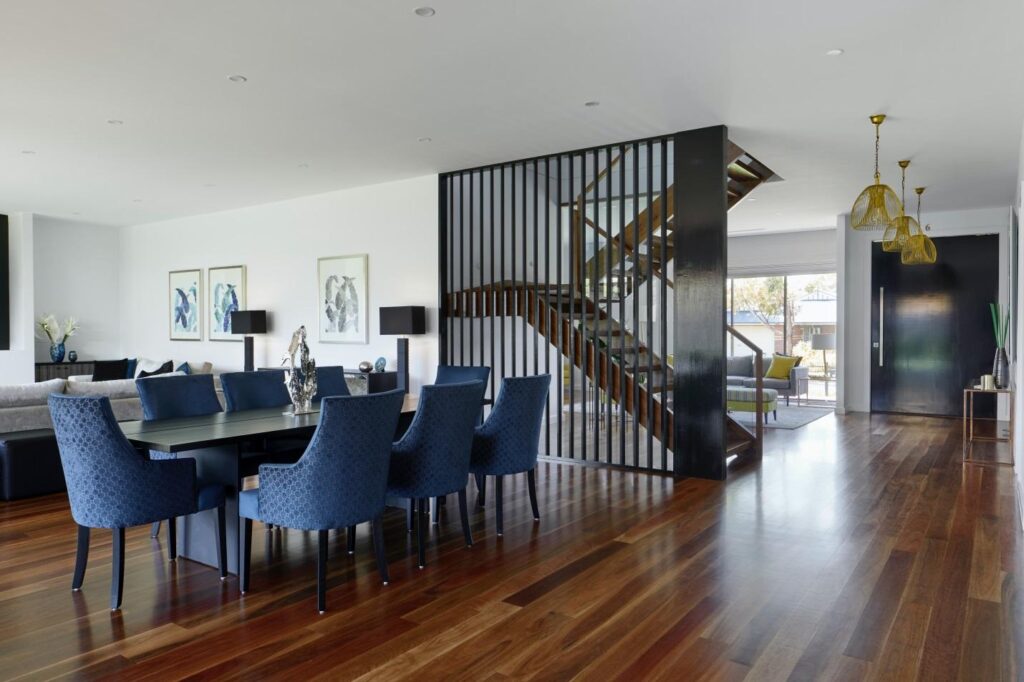
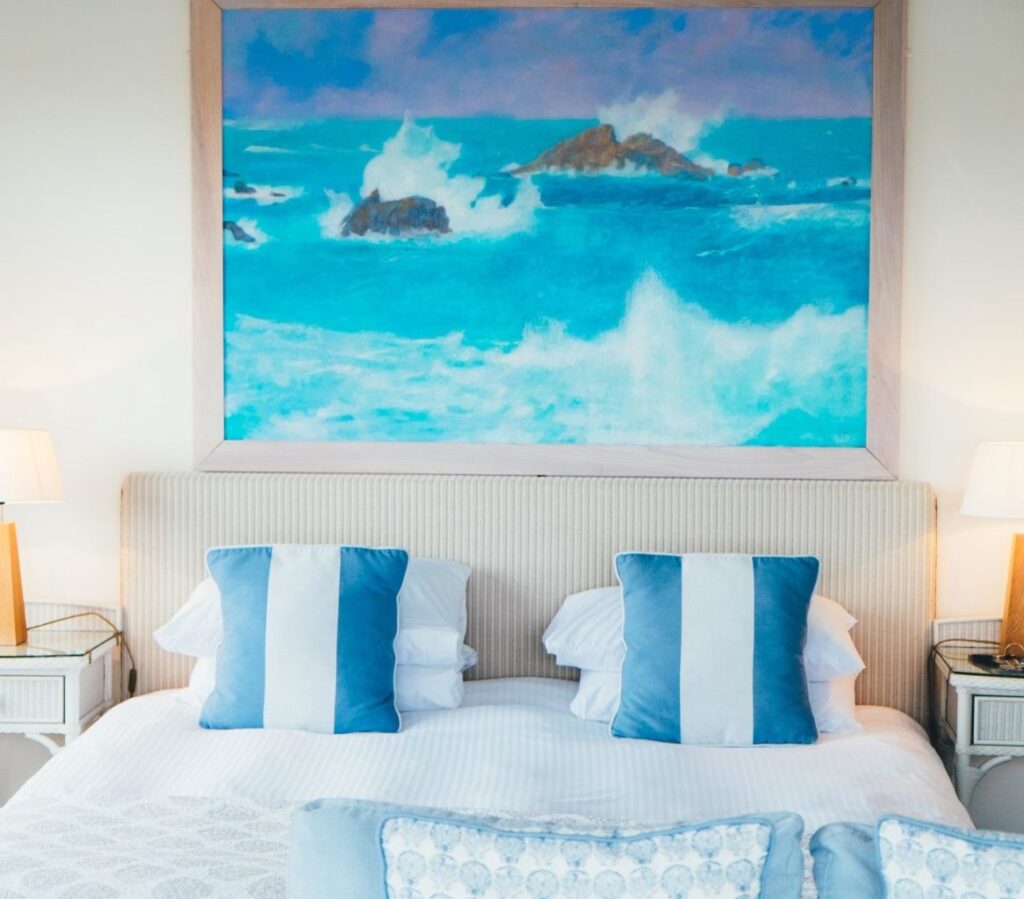

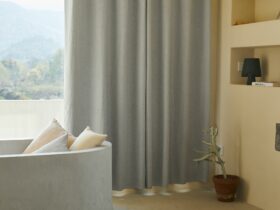
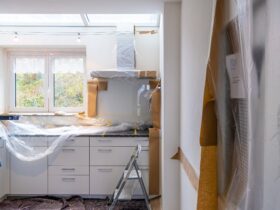

Leave a Reply